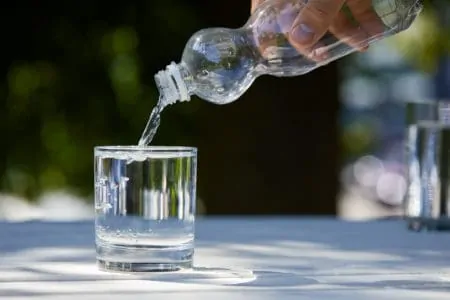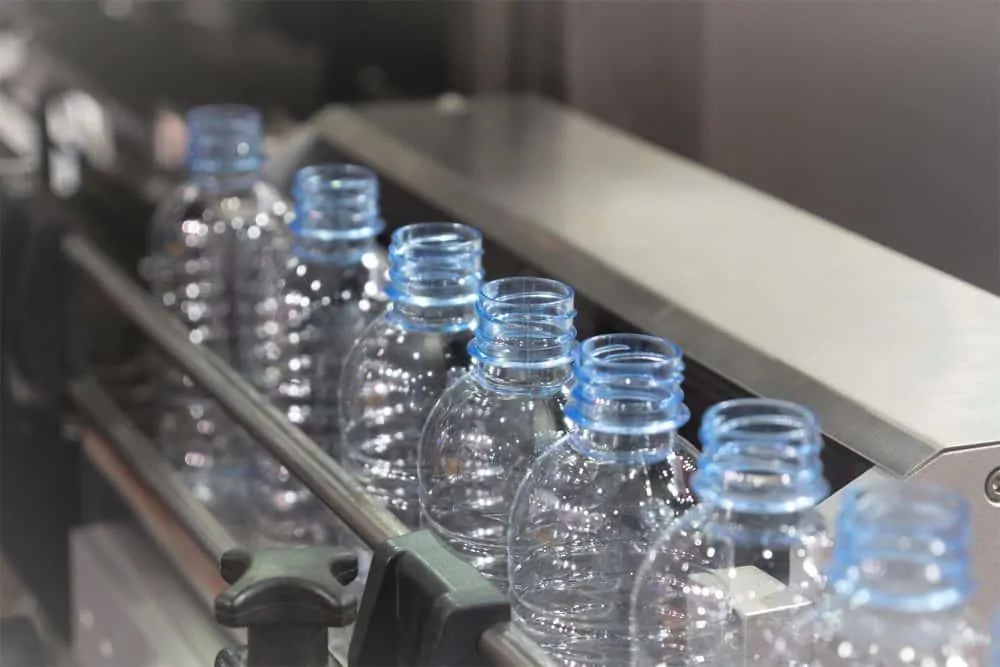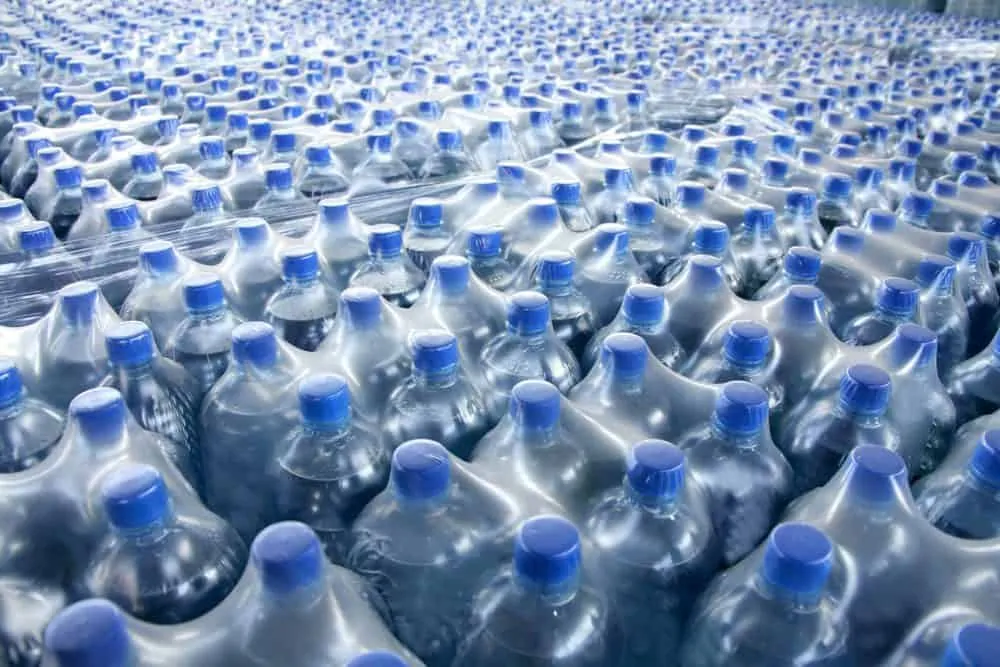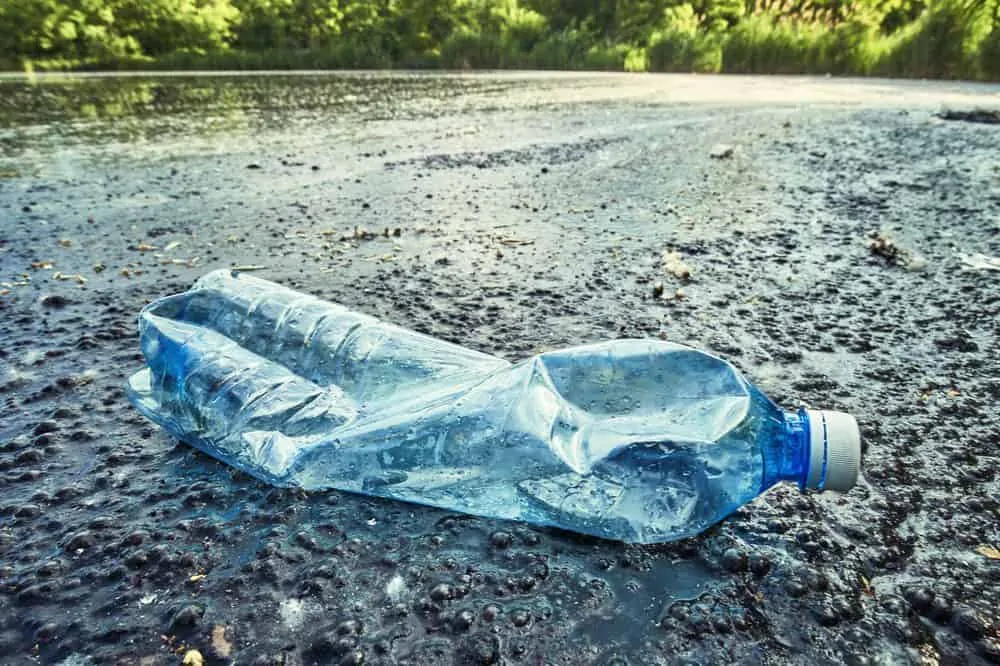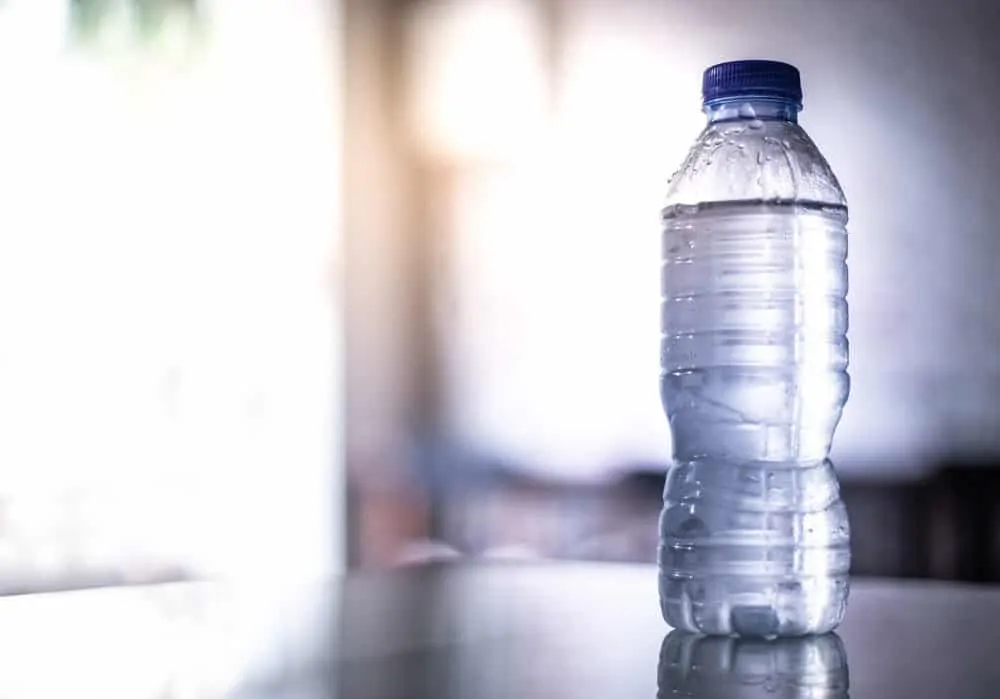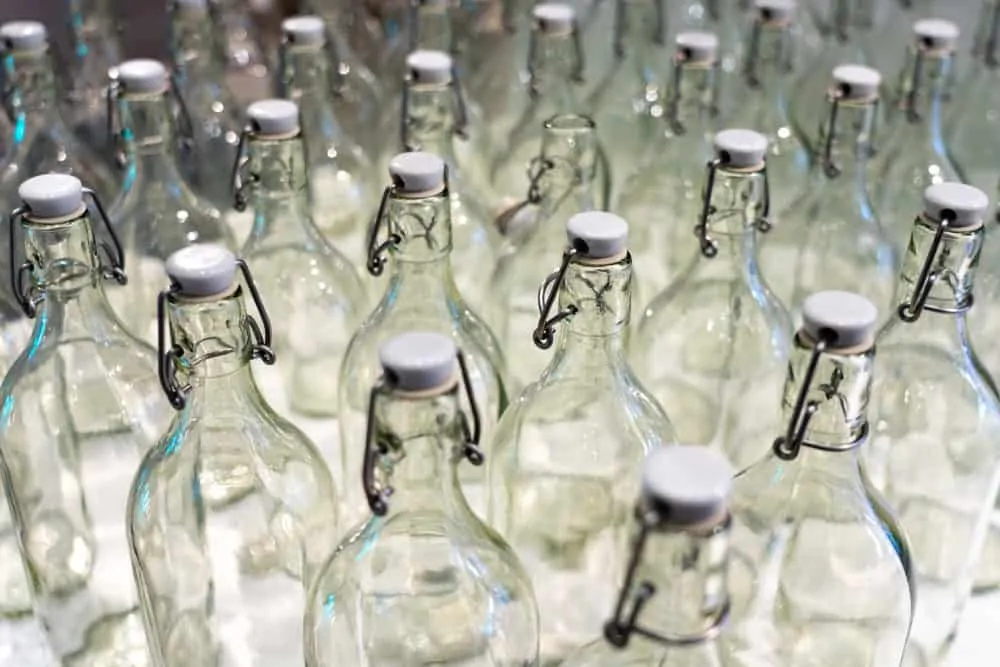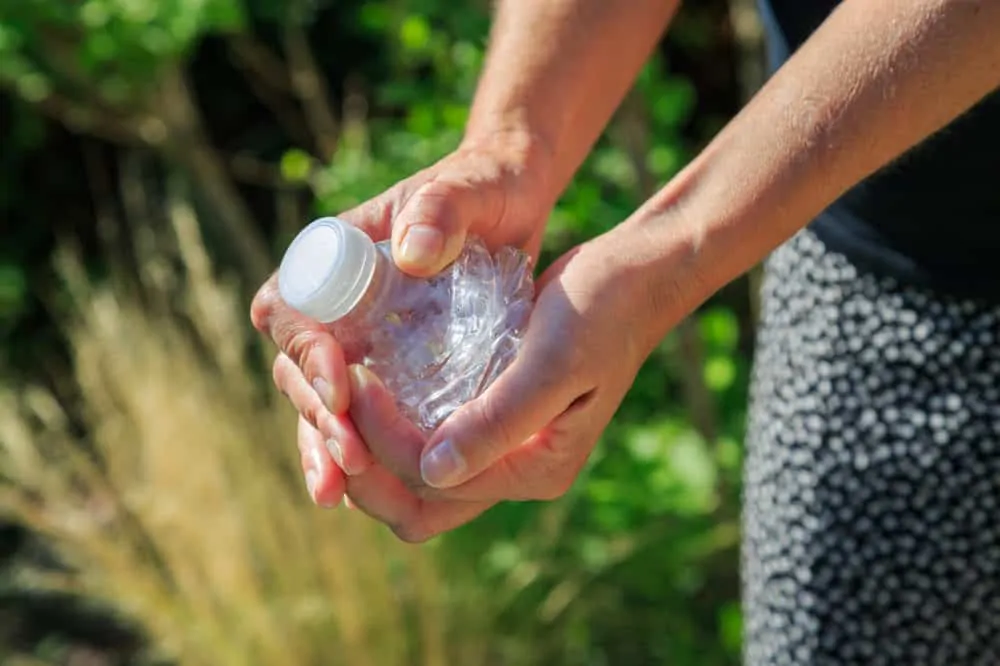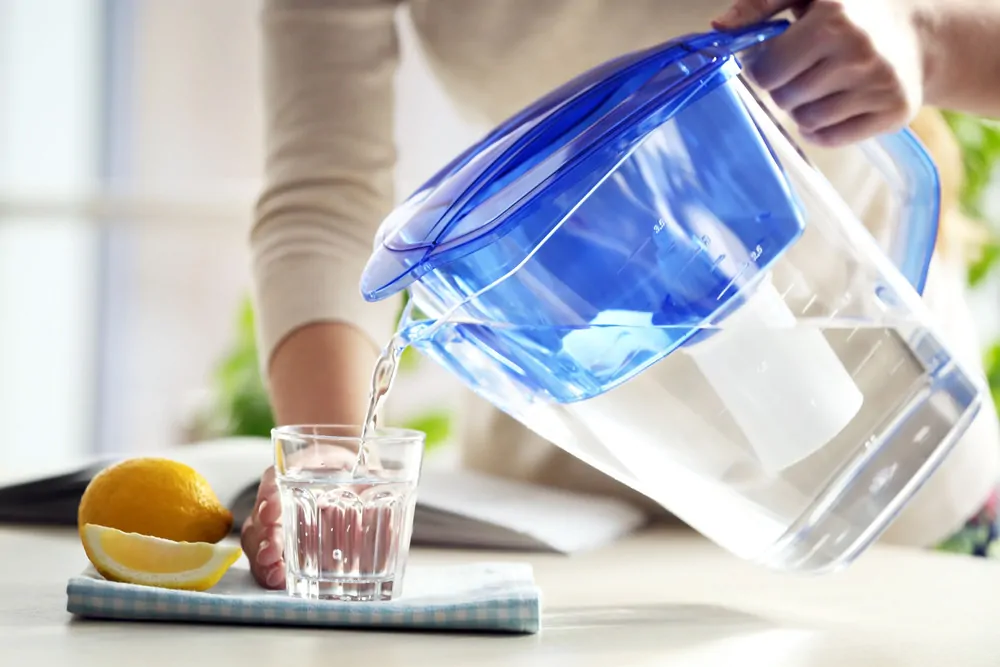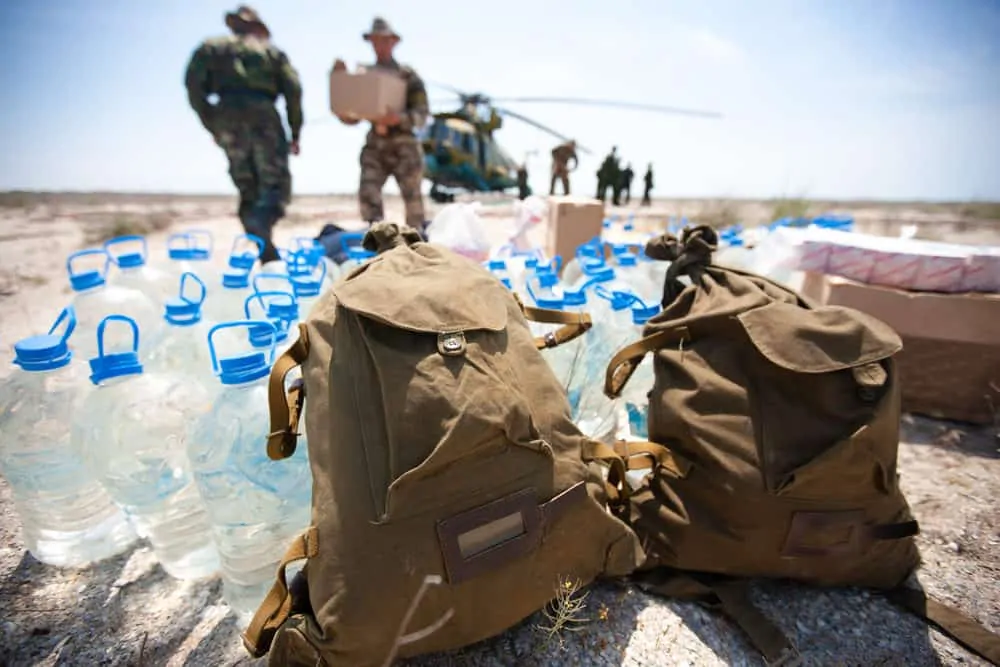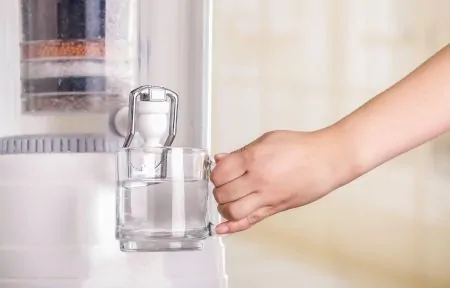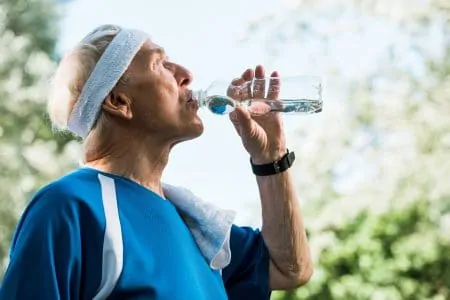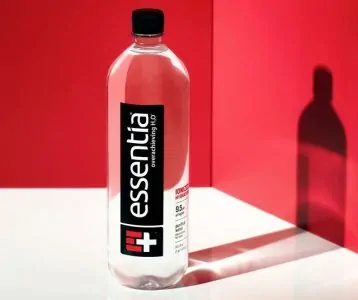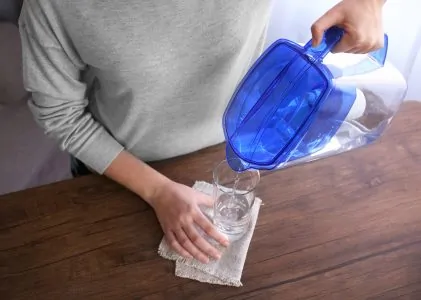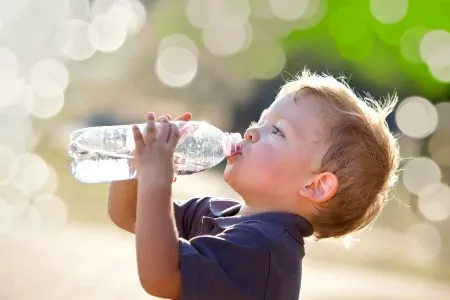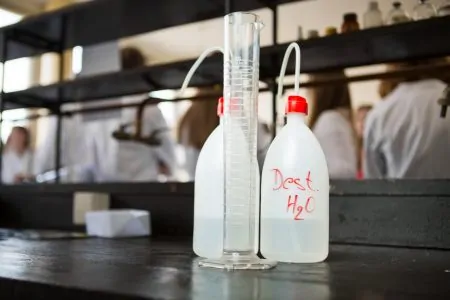Have you ever wondered where all the bottled water comes from? Maybe, as you sip your refreshing drink, you wonder what makes it so special? And then there is the issue of all that plastic waste when you toss the empty water bottles in the trash?
There are so many statistics and bottled water facts that we thought it was time to shine a spotlight to see what the truth is.
Key Takeaways
- Bottled water often comes from the same sources as tap water but may go through extra filtration and purification.
- Americans consume around 43.7 gallons of bottled water per year, contributing to plastic waste and environmental issues.
- Tap water is regulated more stringently than bottled water, making it a safe and clean drinking option.
- To reduce plastic waste, consider using refillable bottles, biodegradable bottles, or installing a water filter at home.
Bottled Water Facts
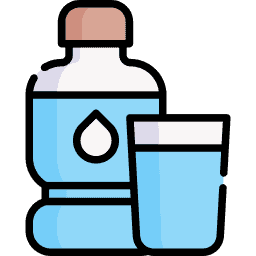
Selling H2O in plastic bottles seems like a bizarre thing to do. It’s a bit like selling bottles of fresh air. Why do we pay for water in bottles when we have a faucet filter indoors that delivers clean drinking water for free.
Here are some interesting facts you might not know about bottled water.
- Bottled water began in the United Kingdom in 1621 at the Holy Well (1). Bottled water in America began in 1767. The Jackson’s Spa in Boston started bottling and selling spa water in the belief it had health-giving properties. Early drinkers snapped up this elixir, and so the bottled water phenomenon began in the US.
- PET bottles have been in circulation for over 30 years. PET bottles are made from polyethylene terephthalate, which is a form of polyester (2). The FDA (Food and Drug Agency) has labeled PET bottles as safe for use, but they are single-use only.
- The largest brand of bottled water comes from the same source as tap water. Aquafina, owned by PepsiCo, changed the labels on the bottles to state that it comes from a PWS, or public water source (3). Its nearest rival, Dasani, owned by Coca Cola, argued that the source of their water was never in doubt. They do point out that their water clearly states it is filtered and not mineral water.
Bottled Water Statistics

Now that we’ve whetted your appetite (excuse the pun), you must be itching to find out about the fascinating world of bottled water. With so many statistics at our fingertips, prepare to be amazed.
- In 2019, the average American consumed roughly 43.7 gallons of bottled water. Globally, the average yearly consumption stands at 59.8 liters. Worldwide sales exceeded $61 billion (4). China is projected to become the world’s largest consumer, accounting for 20 percent of global sales.
- The private labeled still water industry in the US alone netted sales of $3.2 billion in 2020, with Aquafina and Dasani taking a $2 billion slice of that cake. And that doesn’t even take into account sparkling water sales (5). The estimations are that 1 million plastic bottles are bought every minute across the globe.
- So, how does this compare to other beverages? According to the Beverage Industry, bottled water competes on every level compared to sports drinks and other beverages (6). Soda and fruit drink sales fell in the US in 2018, while bottled water consumption grew by 4.3 percent (7).
- One gallon of bottled water costs 2,000 times more than one gallon of tap water.
Bottled Water Environmental Effects
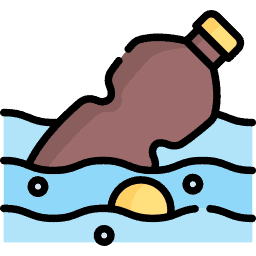
All this pollution just to drink water from a bottle. It sounds crazy, but it is the equivalent of you having your morning coffee flown in by jet every morning from Columbia just because you feel like it.
- The very act of making a plastic water bottle is resource hungry. It uses three times the water it takes to fill the finished bottle (8). The irony should not be lost that for every bottle of water, we waste three. Only humans could dream that up!
- When we’ve finished wasting three times the water to produce our one bottle, it then takes 450 years to decompose (9). The worrying thing is we discard billions of these bottles, and as they break down, they release toxic chemicals.
- After you have hydrated, spare a thought for the planet. 20 billion tons of plastic bottle waste goes into landfills or gets incinerated. Imagine the toxins and gasses that are emitted during both of these processes.
- Producing bottled water is a dirty business. The carbon footprint alone is huge. There’s the making of the bottles and the chilling of the water after it has been extracted from the source. The cost and energy used to run the manufacturing plant is another factor. Then there is the shipping by rail, air and road, the collection for landfill or incineration and the decomposition process. The list of carbon footprints is almost endless.
Bottled Water Safety
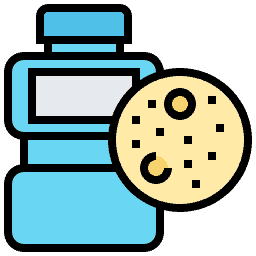
It seems crazy to discuss the probable health risks associated with drinking bottled water, but there are some causes for concern. It’s a far cry from that healthy, hydrated image on the advertising posters. So, what are the implications?
- You might be surprised to know that the EPA regulates the quality of tap water far more stringently than the FDA does for bottled water. Federal standards were adopted in 1973 and were based on regulation as far back as 1962. Bottled water is not required to be cleaner or safer than tap water; the opposite could be true. Tap water is cleaned, disinfected and filtered to remove pathogens. Bottled water is not subject to the same strict rules (10).
- Bottled water doesn’t have a shelf life and, in itself, doesn’t go bad, but the plastic bottle does go bad over time, leaching chemicals into the water (11).
- In the US, tap water is safe because it is heavily regulated by the EPA to maintain high standards of public health. In recent studies, 93 percent of the water tested from bottles contained some sort of microplastic (12).
- Water doesn’t deteriorate in quality, but if you store it in the wrong environment, say in direct sunlight, the water can become contaminated, especially with microplastic and chemicals leaching from the PET bottle (13).
Bottled Water Habits
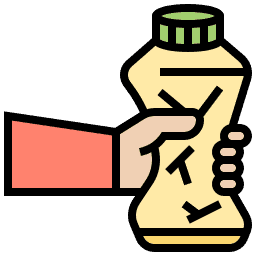
It is clear to many that this situation has to change. Corporations need to step up as well as individuals and say “not in our name.” To do this, habits have to change, and that starts with the small things first.
Here are some tips to help you clean up your act.
- Do you need to buy bottled water? If the answer is yes for safety reasons, then we understand that a percentage of the world has little or no access to clean water. But, if you live in an advanced nation like the USA, do you really need to buy bottled water? Really? You could switch to a refillable bottle. Remember, tap water is healthy too.
- Try searching for companies that supply their water in biodegradable bottles. Typical, these bottles are plant-based and 100 percent friendly to the earth.
- Fit a filter tap under your sink so that you get filtered water straight from the tap. Carbon filters do an amazing job of making your tap water taste like mineral water.
- Extend your new plastics awareness to other products and start cutting the plastic out of your life (14). The supermarket is a great place to start.
- People power is the best way to change the habits of corporations. They operate on the basis that they are giving their customers what they want. This must be true because of the massive sales figures these corporations register. If you change how you shop, they have to change, or they will lose millions in revenue. Change comes from the masses switching their habits.
- If you can’t afford to have a water filter fitted, a cheaper alternative is to buy a filter jug and fill it before bedtime and place it in the fridge so that in the morning you have ice-cold filtered water to enjoy, guilt-free.
- Do some research of your own to counter the slick advertising that the bottled water companies produce. Before bottled water, we all drank tap water, and guess what? No one died or caught nasty diseases. You have simply believed what the corporations have told you about how good their water is compared to tap water.
- Repurpose your bottled water budget and put the funds towards a reward like a holiday or treat. The amount you spend on bottled water is staggering. The average American spends over $100 per year on bottled water (15).
Good Things About Bottled Water
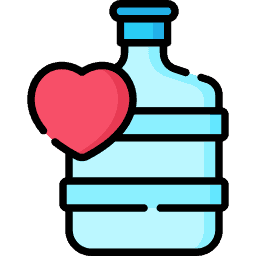
While bottled water takes a knock because of the environmental impact of single-use plastic bottles, there are some advantages to drinking bottled water. The industry deserves some of the criticism it gets for the lack of corporate responsibility it shows to the planet, but some people rely on bottled water.
- There are parts of the world where there is no access to clean drinking water. Bottled water is a safe alternative. In the US, tap water is safe because it is heavily regulated by the Environment Protection Agency (EPA) to maintain high standards of public health.
- Bottled water is convenient and healthier than high-sugar carbonated drinks.
FAQs
Give Plastic the Push
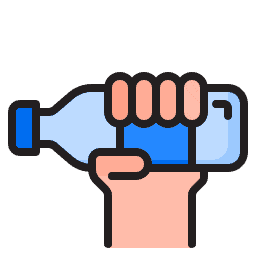
Bottled water is popular, there is no denying that, but is it even necessary?
Tap water gets a bad rap thanks to misconceptions that it is dirty and unhealthy. Nothing could be further from the truth. Tap water is regulated for high standards of quality and cleanliness.
Bottled water is expensive to produce and carbon dirty thanks to the manufacturing process. It also generates billions of tons of plastic waste. The next time you reach for bottled water, ask yourself if it is absolutely necessary. We all have to do our bit.
